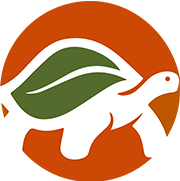Behavior of the Texas Tortoise
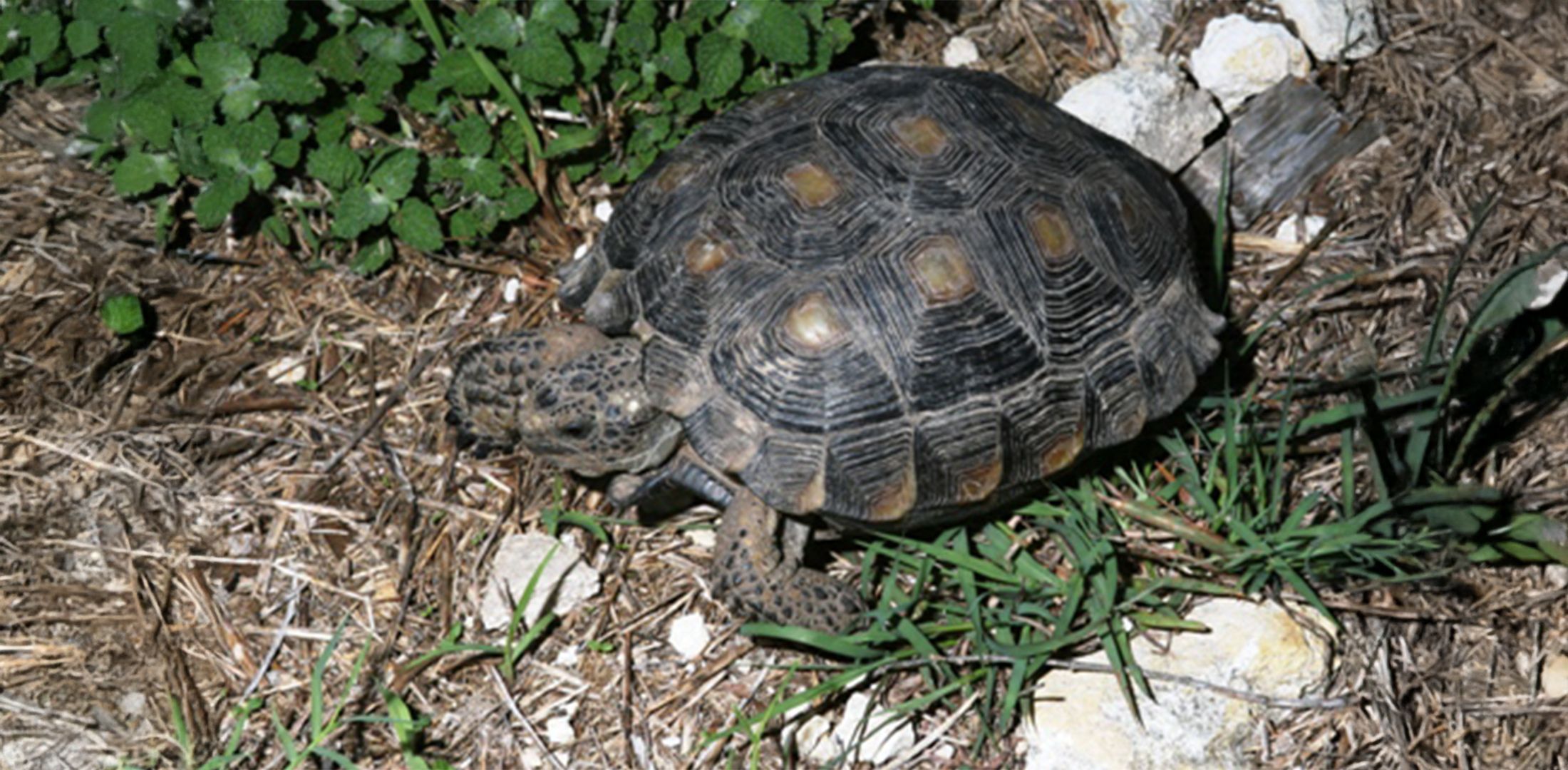
Understanding the behavior of the Texas Tortoise (Gopherus berlandieri) is essential for appreciating these fascinating creatures. Texas Tortoises are known for their unique habits and interactions with their environment.
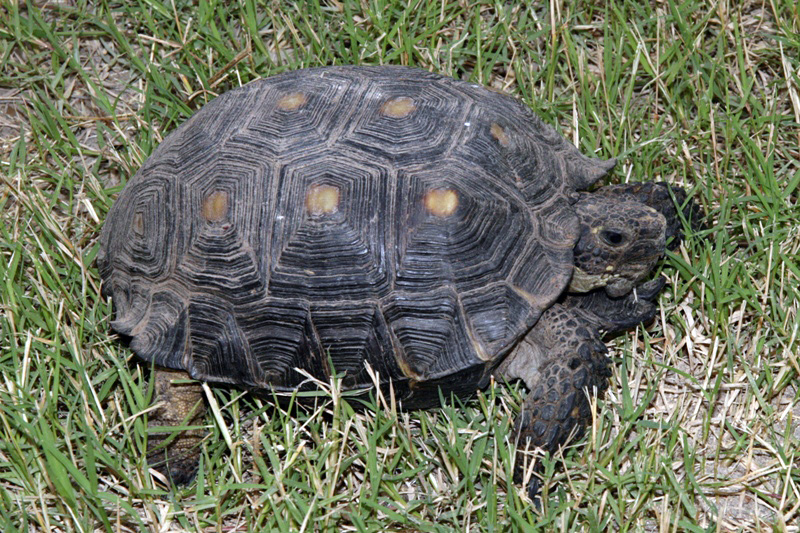
Daily Activities
Texas Tortoises are diurnal, meaning they are active during the day. They spend most of their time searching for food, basking in the sun, and resting in shady spots. During the hottest part of the day, they often seek shelter under rocks, bushes, or in shallow burrows to avoid the extreme heat.
In the early morning, they emerge from their shelters to warm up in the sun, which helps regulate their body temperature. After basking, they begin their search for food. They are generally most active during the cooler parts of the day, such as early morning and late afternoon. During the middle of the day, when temperatures are highest, they often seek shade or return to their burrows to rest and avoid overheating.
Feeding Behavior
These tortoises are primarily herbivorous, feeding on a variety of plants, including cactus, grasses, and wildflowers. They have strong, beak-like jaws that allow them to eat tough vegetation. Their diet consists mainly of prickly pear cactus, mesquite leaves, and various grasses. Occasionally, they may consume insects or carrion, but this is not common.
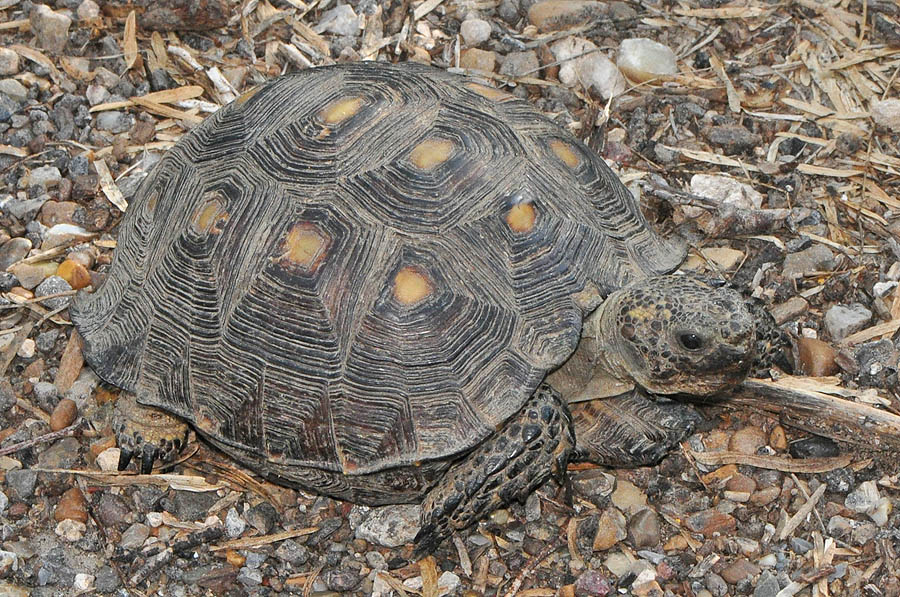
Burrowing and Sheltering
Although not as prolific burrowers as Gopher Tortoises, Texas Tortoises do create shallow burrows or use existing ones for shelter. These burrows provide protection from predators and extreme weather conditions. Burrows are typically located in areas with well-drained soil and are used frequently during periods of high temperatures. These burrows can be quite extensive and serve as refuges during the hottest parts of the day and during colder weather.
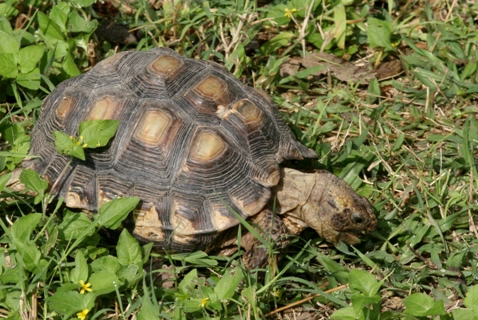
Social Interactions
Texas Tortoises are generally solitary animals, but they may interact during the breeding season or when resources are scarce. Males can be territorial and may engage in combat to establish dominance, especially during mating season. These interactions involve head bobbing, circling, and pushing.
Females are usually less aggressive and may share overlapping territories with other females. However, they will defend their burrows and feeding areas if necessary. During the breeding season, males may travel long distances to find females, leading to increased interactions and competition.
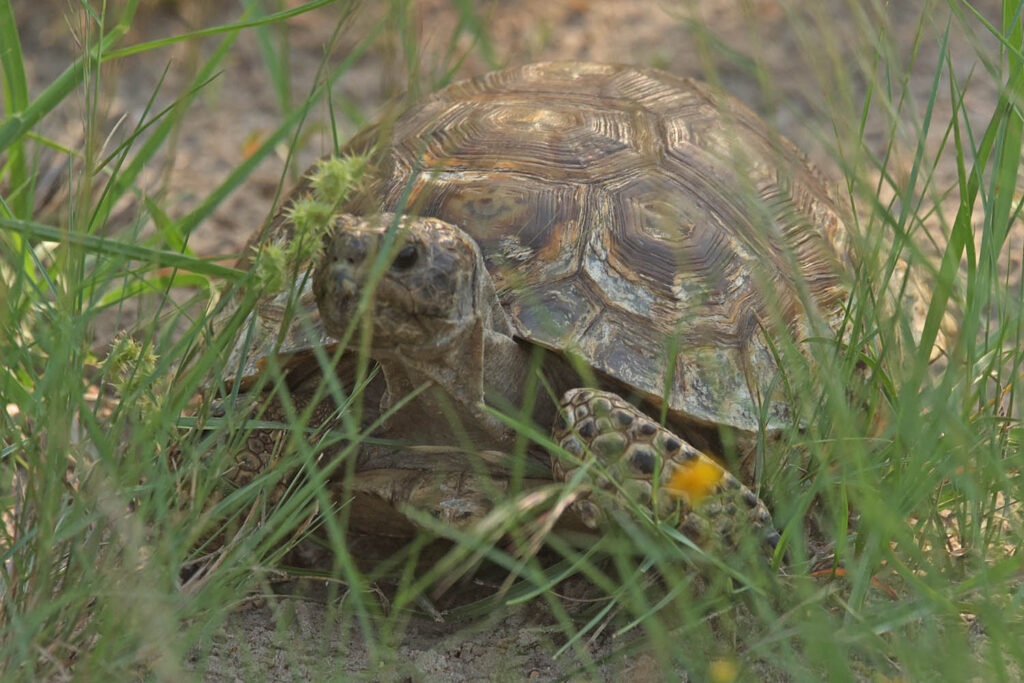
Communication
While Texas Tortoises do not have vocal cords, they use other forms of communication such as head movements, shell bumping, and postures to express themselves and interact with each other. These forms of communication play a vital role during the breeding season and in establishing territorial boundaries. For example, head bobbing can signal aggression or courtship, while shell bumping may be used to test the strength of a rival.
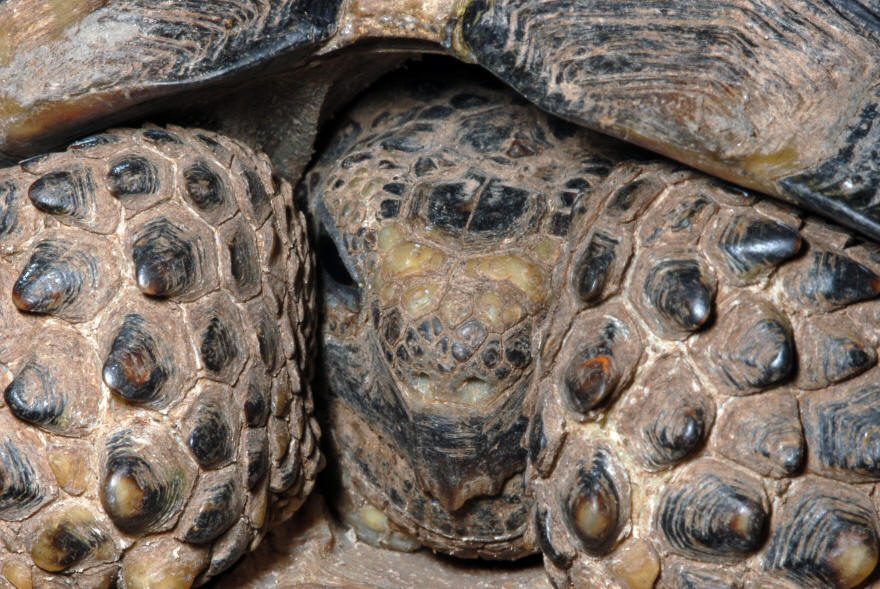
Seasonal Behavior
In response to seasonal changes, Texas Tortoises exhibit different behaviors. During the spring and fall, they are more active as they search for food and mates. In the summer, they reduce their activity to avoid the extreme heat, seeking shelter during the hottest parts of the day. During the winter, in cooler regions, they may enter a state of brumation (a form of hibernation for reptiles) to conserve energy. Brumation involves reducing their metabolic rate and remaining mostly inactive in their burrows until temperatures rise again.
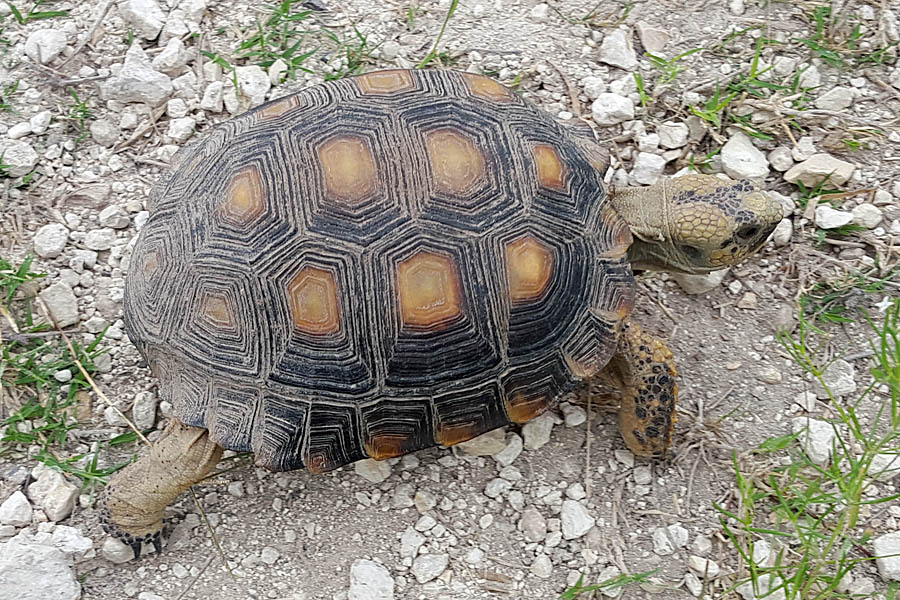
References
Photography courtesy of Terry & Diana’s Photography. Used with permission.
